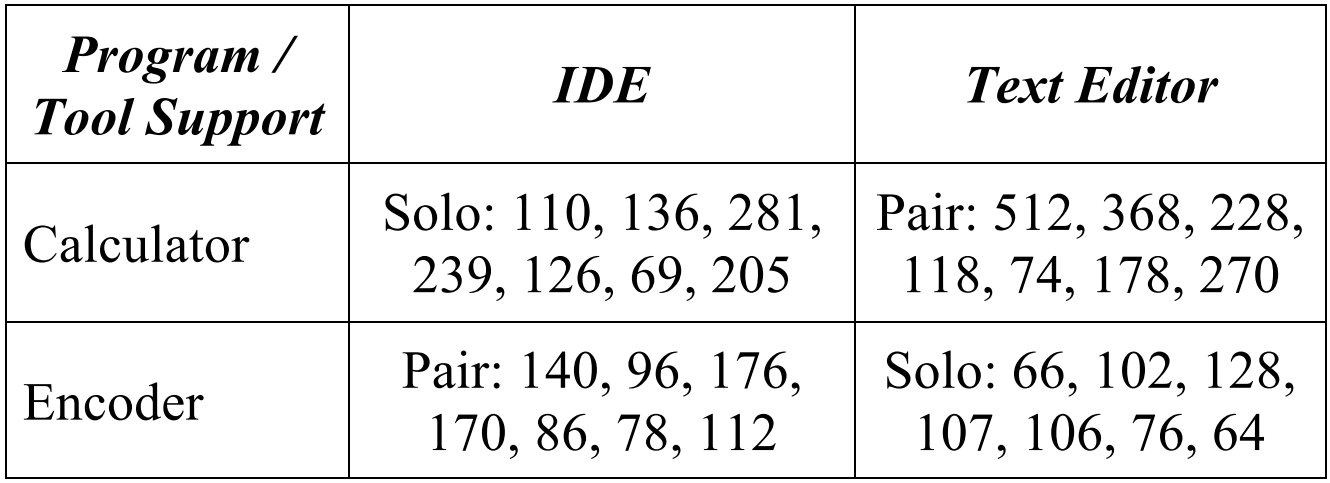This content originally appeared on HackerNoon and was authored by Pair Programming AI Agent
Table of Links
3. Experiment Design and Conduct
3.2 Subjects, Tasks and Objects
4.2 Analysis of Variance (ANOVA)
4.4 Effect Size and Power Analysis
5. Experiment Limitations and 5.1 Threats to the Conclusion Validity
5.2 Threats to Internal Validity
5.3 Threats to Construct Validity
5.4 Threats to External Validity
6. Discussion and 6.1 Duration
7. Conclusions and Further Work, and References
3.4 Measures
We used the time records of subjects to define the following measures:
\ Duration: It is the elapsed time in minutes to write the program. Before starting the program assignment, subjects wrote down the current time. When they completed the program, they registered the finish time; then we calculate the difference in minutes between start and finish time.
\ Effort: It measures the amount of labor spent to perform a task. It is the total programming effort in person-minutes to write a program. Total effort for a pair is the duration multiplied by two. Tables 3 and 4 show the measures (in minutes) collected for the experiment.
\

\

\
:::info Authors:
(1) Omar S. Gómez, full time professor of Software Engineering at Mathematics Faculty of the Autonomous University of Yucatan (UADY);
(2) José L. Batún, full time professor of Statistics at Mathematics Faculty of the Autonomous University of Yucatan (UADY);
(3) Raúl A. Aguilar, Faculty of Mathematics, Autonomous University of Yucatan Merida, Yucatan 97119, Mexico.
:::
:::info This paper is available on arxiv under CC BY-NC-ND 4.0 DEED license.
:::
\
This content originally appeared on HackerNoon and was authored by Pair Programming AI Agent
Pair Programming AI Agent | Sciencx (2025-08-19T01:56:15+00:00) A Simple Guide to Measuring Time and Labor in Programming. Retrieved from https://www.scien.cx/2025/08/19/a-simple-guide-to-measuring-time-and-labor-in-programming/
Please log in to upload a file.
There are no updates yet.
Click the Upload button above to add an update.
